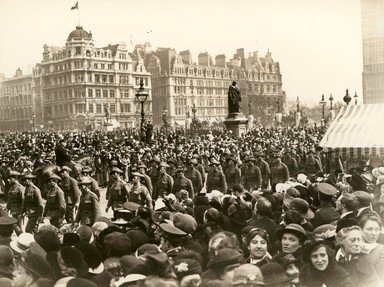Quiz Answer Key and Fun Facts
1. Who are the only king and queen buried together in Canterbury Cathedral?
2. Baron Ludwig de Guldenstubbe hosted the first spiritualist circle in Paris in 1850. What was his native language?
3. Where did the late medieval writer and humanist, Giovanni Boccaccio, live?
4. What ancient Indian ruler is known for his edicts that were placed on pillars all over the empire?
5. In WWII, the German-Soviet war saw many nationalities participate in the campaign against the Soviet Union. Which nationality contributed the most people to the German war effort against the Soviets?
6. What was the capital of the Chimu civilization of South America?
7. What was the Enlightenment writer Voltaire's real name?
8. Siddhartha Gautama founded what has today become a major world religion. What religion did he found and where?
9. In the fourth century BC, which ancient western civilization established a city in the modern day country of Tajikstan?
10. The Romanov dynasty lasted over 300 years, from 1613 to 1917. Who were the first and last czars in this ruling family?
Source: Author
redsoxrock88
This quiz was reviewed by FunTrivia editor
bloomsby before going online.
Any errors found in FunTrivia content are routinely corrected through our feedback system.
